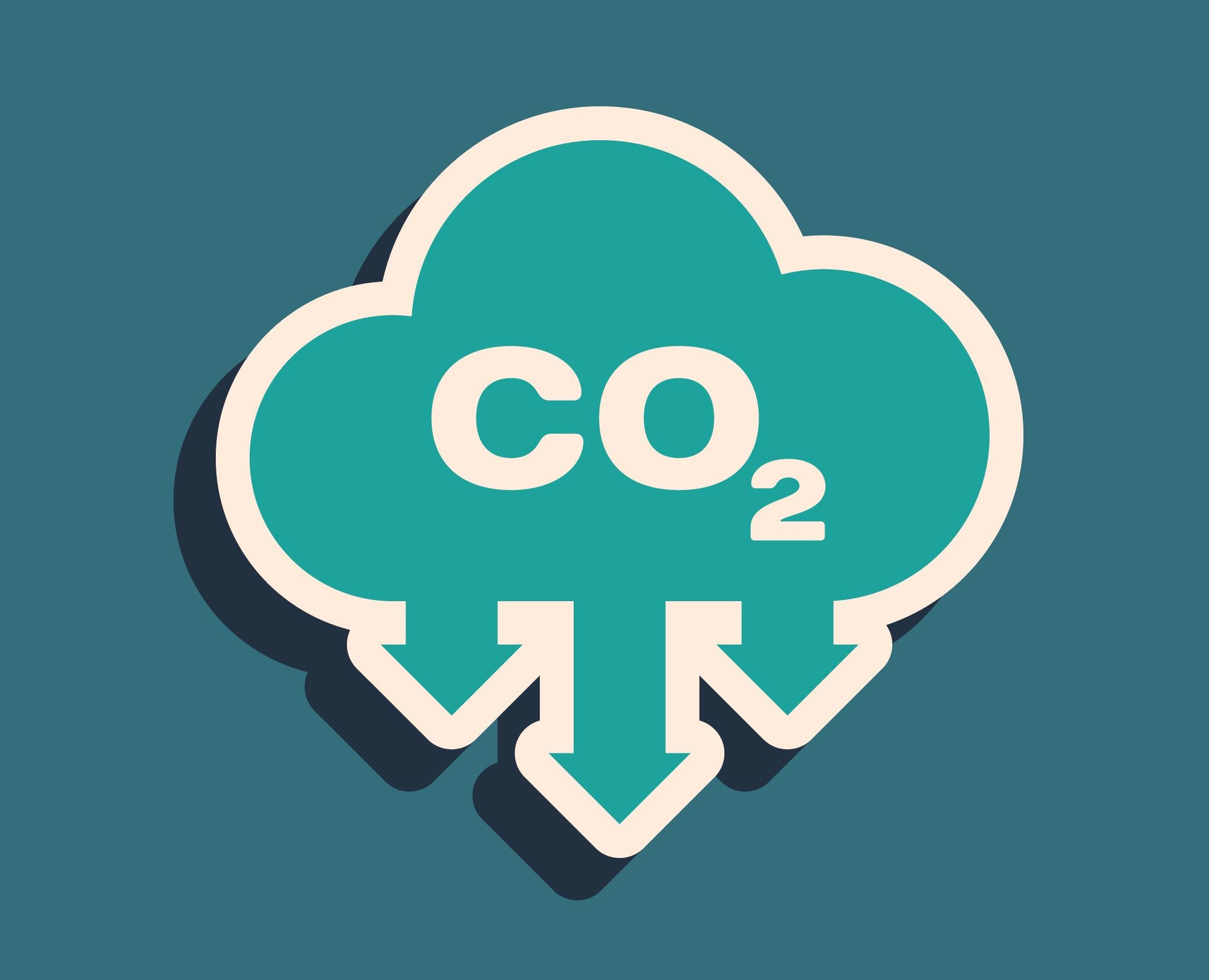In a recent study published in the journal ACS Energy Letters, researchers analyzed the effect of a nanoporous gold (np-Au) catalyst on the electrochemical reduction of carbon dioxide (CO2) into carbon monoxide (CO) in a gas diffusion electrode (GDE) and investigated the effect of electrochemical wetting on the output.

Study: Probing the Catalytically Active Region in a Nanoporous Gold Gas Diffusion Electrode for Highly Selective Carbon Dioxide Reduction. Image Credit: VectorV/Shutterstock.com
The np-Au catalyst had micropores of size less than 20 nm and isotropic dimensions. Additionally, the Faradaic efficiencies (FE) of CO were greater than 95% for a wide range of potentials with a maximum partial current density of 168 mA/cm2.
Electrochemical Reduction of CO2
CO2 is a greenhouse gas with a density 53% higher than that of average air and a major cause of global warming, acidic rain, and moisture. It is also a byproduct of the carbon cycles of fuels and many chemicals. The electrochemical reduction of CO2 to valuable products such as CO provides an effective means to produce renewable energy in the form of electricity. Additionally, CO is a precursor in methanol production, hydroformylation of alkenes to aldehydes, Fischer-Tropsch reactions, and metal refinement.
CO2 reduction to CO in an electrode produces a current density of 10-20 mA/cm2, with high selectivity towards CO and an FE greater than 90%. However, this current density is too low for economic viability and commercial applications. GDEs have shown great improvement in current density due to higher mass transport efficiency compared to aqueous-based electrochemical CO2 reduction cells.
In aqueous reduction cells, first CO2 has to completely dissolve in a liquid electrolyte containing the catalyst (i.e., fully wet catalysts), and then diffuse into the electrode surface. Due to the low solubility of CO2 in the liquid electrolyte, this process has lower mass transport efficiency.
However, in GDEs, the electrolyte, catalyst, and produced gases formed a triple-phase boundary layer (i.e., partial wetting of catalysts). This allows gases to pass through the porous catalyst layer, resulting in a shorter diffusion length, higher CO2 mass transport efficiency, and a higher current density greater than 100 mA/cm2.
About the Study
In this study, researchers used an np-Au catalyst in the GDE to generate higher electric current density during the reduction process of CO2 into CO. The np-Au locally increased the pH value of the electrolyte, which suppressed the parasitic hydrogen evolution reaction (HER).
First, the np-Au GDE was synthesized by electron beam co-deposition of Au and silver (Ag) particles onto a carbon paper substrate with micropores. After that, the AuxAg1−x alloy with microporous topology was chemically etched in concentrated nitric acid to selectively dissolve Ag particles. The final Au electrode had nano-size pores after the removal of Ag particles.
More from AZoM: An Overview of Polymer Upcycling
Subsequently, a platinum (Pt) mesh counter electrode was used against the working np-Au electrode in a recirculating electrolytic solution of 1 M KHCO3. A selection anion exchange membrane separated both cathode and anode from each other to form a complete electrolytic cell. Finally, CO2 gas was circulated via a serpentine channel at a fixed flow rate of 50 standard cubic centimeters per minute (SCCM).
Observations
The plane Au (pl-Au) GDE exhibited a maximum FE of 82% for CO at -0.82 VRHE and a maximum current density of 106 mA/cm2 at -0.92 VRHE, whereas the 35% Au np-Au electrode exhibited a FE of 88% for CO at -0.92 VRHE and a current density of 164 mA/cm2 at -0.92 VRHE.
The peak FE of 95% for CO was detected at -0.42 VRHE. The 35% Au electrode had a continuous ligament coverage across the entire electrode surface, which improved the electrolyte wetting and allowed more CO2 gas to adhere to the np-Au catalyst layer, thus enhancing the overall electrochemical performance.
The pl-Au and 15% Au electrodes indicated hydrophobicity with their corresponding contact angles of 106° and 108° compared to the hydrophilicity of the 35% Au electrode with a contact angle of 59°. Moreover, the surface area of a 35% Au electrode decreased to 56% at a flow rate of 50 SCCM, compared to its fully wetted value. The reduced gas flow rate decreased the size of pores owing to the reduced pressure inside the porous network.
Conclusions
In summary, the researchers of this study developed a new method to increase the catalytic activity of electrodes in the reduction of CO2 into CO in a GDE by incorporating np-Au electrodes and achieved enhanced FE for CO and higher current density.
The 35% Au containing np-Au electrode demonstrated the highest electrochemical performance owing to its long and continuous Au ligament coverage on the electrode surface compared to pl-Au, 15% Au, and 25% Au electrodes. The generation of higher current density makes np-Au electrodes a potential candidate for commercial recycling of CO2 into renewable energy.
Disclaimer: The views expressed here are those of the author expressed in their private capacity and do not necessarily represent the views of AZoM.com Limited T/A AZoNetwork the owner and operator of this website. This disclaimer forms part of the Terms and conditions of use of this website.
Source:
Fenwick, A., Welch, A., Li, X., Sullivan, I., DuChene, J., Xiang, C., Atwater, H., Probing the Catalytically Active Region in a Nanoporous Gold Gas Diffusion Electrode for Highly Selective Carbon Dioxide Reduction, ACS Energy Letters, 2022, 7, 871-879 https://pubs.acs.org/doi/10.1021/acsenergylett.1c02267